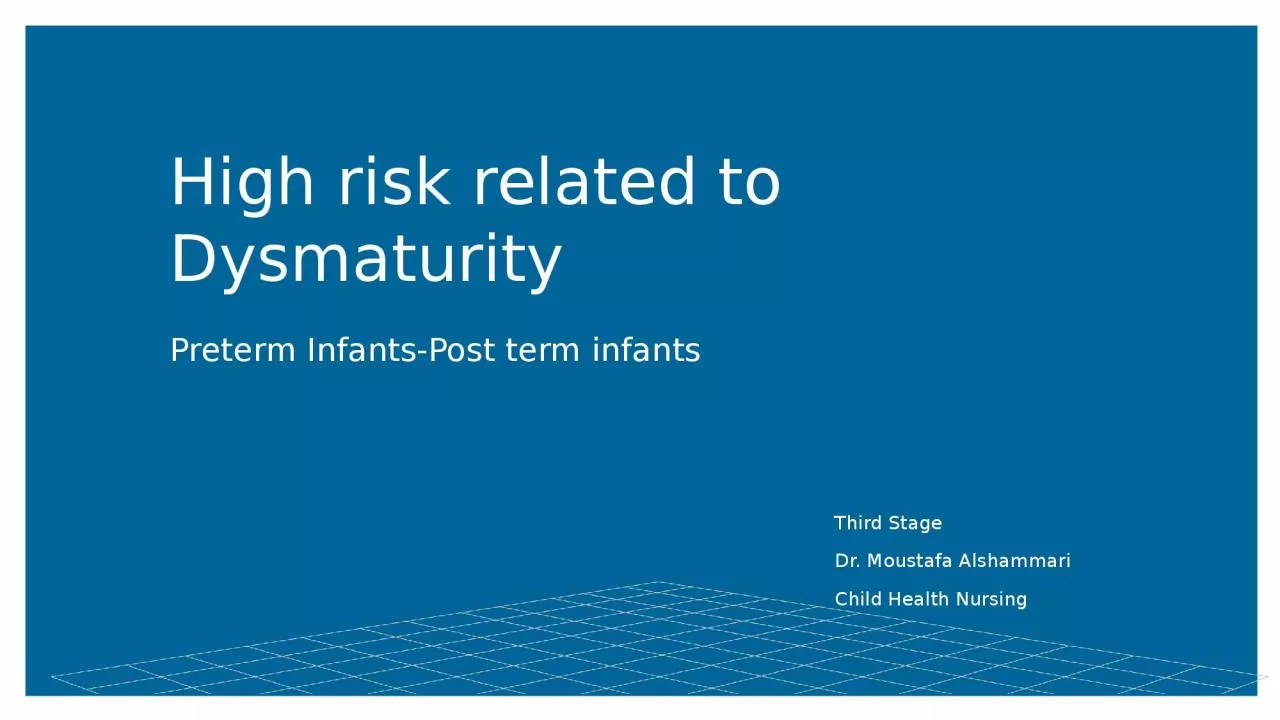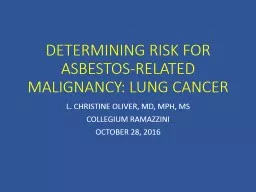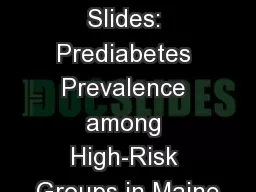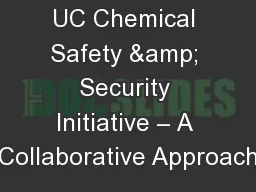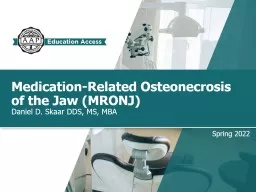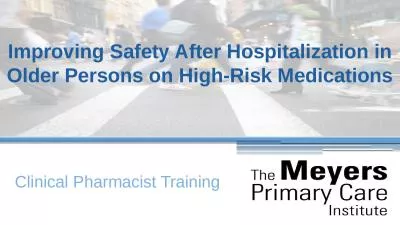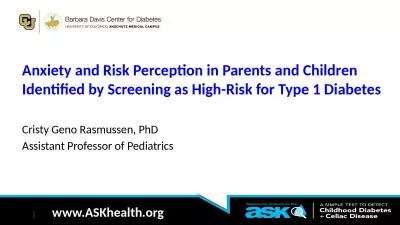PPT-High risk related to Dysmaturity
Author : miller | Published Date : 2024-02-03
Preterm InfantsPost term infants Third Stage Dr Moustafa Alshammari Child Health Nursing Preterm Infants Infants born before completion of 37 weeks of gestation
Presentation Embed Code
Download Presentation
Download Presentation The PPT/PDF document "High risk related to Dysmaturity" is the property of its rightful owner. Permission is granted to download and print the materials on this website for personal, non-commercial use only, and to display it on your personal computer provided you do not modify the materials and that you retain all copyright notices contained in the materials. By downloading content from our website, you accept the terms of this agreement.
High risk related to Dysmaturity: Transcript
Download Rules Of Document
"High risk related to Dysmaturity"The content belongs to its owner. You may download and print it for personal use, without modification, and keep all copyright notices. By downloading, you agree to these terms.
Related Documents

